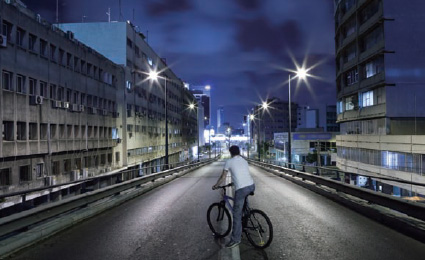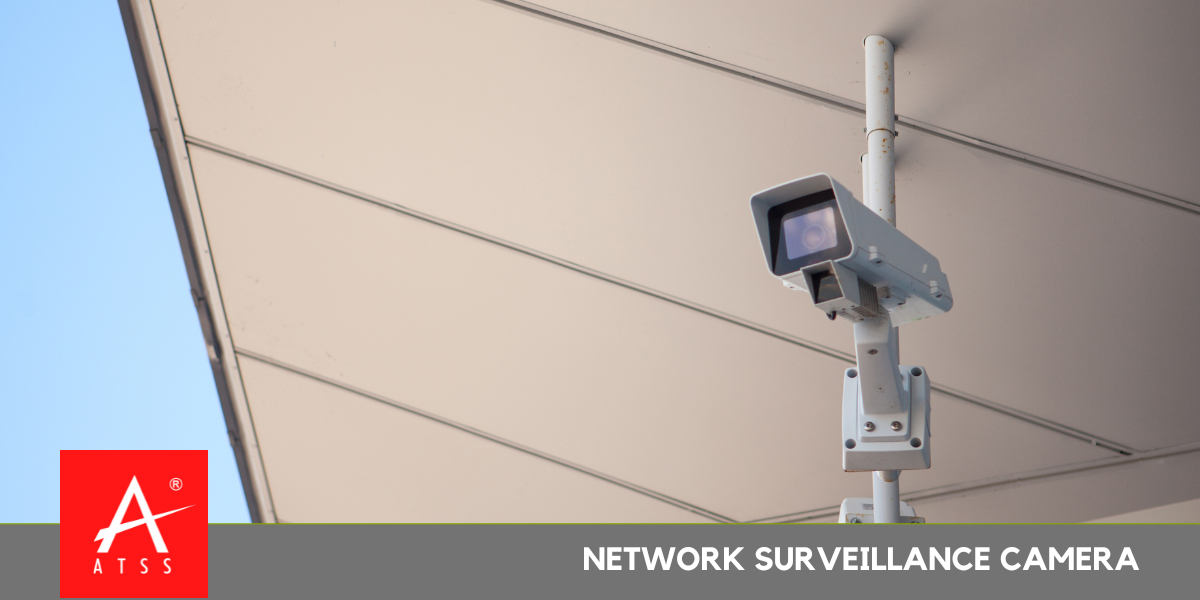Network Surveillance CCTV IP Camera Low light and WDR

Over the past few years, network cameras have broken out of their shells and began to gain acceptance and adoption. Meanwhile, the network video surveillance market continues to be headed to a “tipping point” in 2014. This can surely be attributed to the maturity of the IP-based cameras and systems available today, as well as the increasing affordability due to intense competition from manufacturers all around the world.
With so many flashy features available, the following are some of the most important features or functions in, or for, a standard network camera. After making massive improvements and advancements, what else is next? It seems many manufacturers are leaning in favor of the low-light function.
Low Light Allows Visible Color in Nighttime Environments
The low-light feature is the ability of a surveillance camera to capture color images in environments with weak or no lighting. The performance of a low-light camera is highly dependent on the sensitivity of its sensor and the processing ability of its DSP, in combination with its iris type and shutter speed. The iris allows and controls the amount of light to pass through the lens and to the sensor inside the camera.
By working together, they are able to regulate the camera’s light input. New imaging technology as well as higher resolution lenses help to improve overall sensitivity, which continue to improve results from low-light cameras.
Typical day/night surveillance cameras automatically switch to black/white mode once it gets dark, or when lights are shut off. But low-light cameras are becoming increasingly popular as being able to tell colors apart at night is important for identifying suspects and culprits. Low-light cameras are also crucial to settings such as mechanical rooms or critical infrastructures, where the color of lights on different equipment must be discernible. For example, those monitoring in the control center must be able to tell the difference between blue and green lights or red, orange, and yellow lights in order to evaluate the situation in the mechanical rooms and critical infrastructures, and immediately tell if there is an emergency or breach. Presently, the most common lighting condition for a low-light camera can visibly display color images at 0.01 lux. For more advanced cameras, they are able to visibly display color images in low-light environments up to 0.001 lux.
Now, manufacturers and their R&D teams are aiming to clearly differentiate colors in nighttime environments up to 0.0001 lux, which is quite a challenge, as it is difficult even for human eyes to see color in this condition. Furthermore, there is no standard test for manufacturers to test their cameras against at the moment. Each manufacturer has its own different set of testing standards which causes inconsistency in camera performance with each different brand. Also, certain testing equipment used by manufacturers to test their cameras may give off some light, which can throw off the results. Another major challenge for low-light cameras is noise in the image captured in low-lux settings. All colors have something known as their own color temperature, which can produce noise. Noise from the color is the biggest issue for low-light cameras due to inability to perform absolute color reproduction, hence it is also important to have the digital noise reduction function to further improve image quality.
WDR Addresses Extreme Lighting
The wide dynamic range (WDR) feature is now standard for almost all security cameras as it helps to address lost details from extreme lighting contrasts present in complex indoor or outdoor environments. Users must note that dynamic range is defined as the ratio of the brightest and darkest regions in an image, and not as an absolute value.
The most common form of WDR uses the multi-exposure method, which consists of capturing two frames at one short and one long exposure speed. The first exposure captures details in bright areas in the scene while the latter captures details in dark areas in the scene. The two images are then combined for an image with visible details in both the bright and dark areas. Most common WDR falls somewhere between 50 to 70dB, while advanced WDR ranges from 100 to 130dB. Currently, the most advanced WDR, the third generation for that matter, is also called “True WDR,” capturing four frames for comparison to achieve optimal results, as opposed to the two frames taken with past WDR technology. The increased number of frames taken for comparison helps to address issues such as lighting differences between the foreground and background in the image.
Though many manufacturers boast cameras with 130dB, in reality, it is already considered quite impressive if these cameras can reach around 120dB. Users must evaluate where they plan on installing their cameras and if WDR features are actually needed. Applications where WDR are typically needed include parking lots, big plazas, building entrances, ports, tollbooths, and other areas that are frequently affected by changing light conditions.

